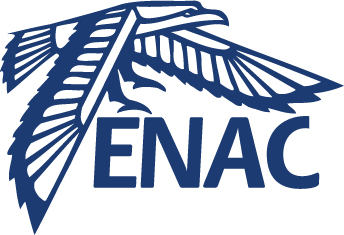Characterization of Line-of-Sight and Non-Line-of-Sight Pseudorange Multipath Errors in Urban Environment for GPS and Galileo
Résumé
An increasing number of new applications require an accurate positioning even in urban environments; however, in such environments, especially in urban canyons, GNSS positioning is challenged to meet the applications’ demanded accuracy and reliability. In fact, in order to obtain an optimal and reliable position estimate using GNSS, it is necessary to have an accurate model of the pseudorange and pseudorange rate error terms’ distributions. This work focuses thus its attention on the statistical characterization of the pseudorange measurements’ multipath error component by proposing a methodology to obtain such characterization: isolation of the multipath error component from the use of a reference station, to eliminate ionospheric error terms, and from a filtering process, to eliminate the receiver clock bias. The proposed methodology has been adapted to include dual constellation measurementsin the L1 band, GPS L1 C/A and Galileo E1 OS signal measurements, as an evolution to the previous method presented by the authors in [1]. Moreover, in order to obtain a reliable classification of the signal reception conditions, Lion-of-Sight (LOS) and Non LOS (NLOS), which will allow a finer characterization of the multipath error component, this work introduces the use of an upward looking camera with a wide Field-of-View (FOV), a fisheye camera: the satellites are projected on the pictures taken by the camera allowing to observe which satellites are obstructed by the scenario obstacles (buildings, trees, etc). The proposed methodology is applied to real measurements obtained from a data campaign conducted in Toulouse urban area with a U-Blox receiver with its antenna and a fisheye camera mounted on the roof of a car. The pseudorange measurements are classified by the signal ??/??0 and by the elevation angle between the satellites and the receiver, which are common signal characteristics influencing the multipath error component impact on the pseudorange measurement. Additionally, the performance assessment of each parameter in terms of signal reception conditions classification between LOS and NLOS has determined the upper hand of the ??/??0 parameter.
Fichier principal
 Characterization of Line-of-Sight and Non-Line-of-Sight Pseudorange Multipath Errors in Urban Environment for GPS and Galileo.pdf (1.26 Mo)
Télécharger le fichier
Characterization of Line-of-Sight and Non-Line-of-Sight Pseudorange Multipath Errors in Urban Environment for GPS and Galileo.pdf (1.26 Mo)
Télécharger le fichier
| Origine | Fichiers produits par l'(les) auteur(s) |
|---|
Loading...
